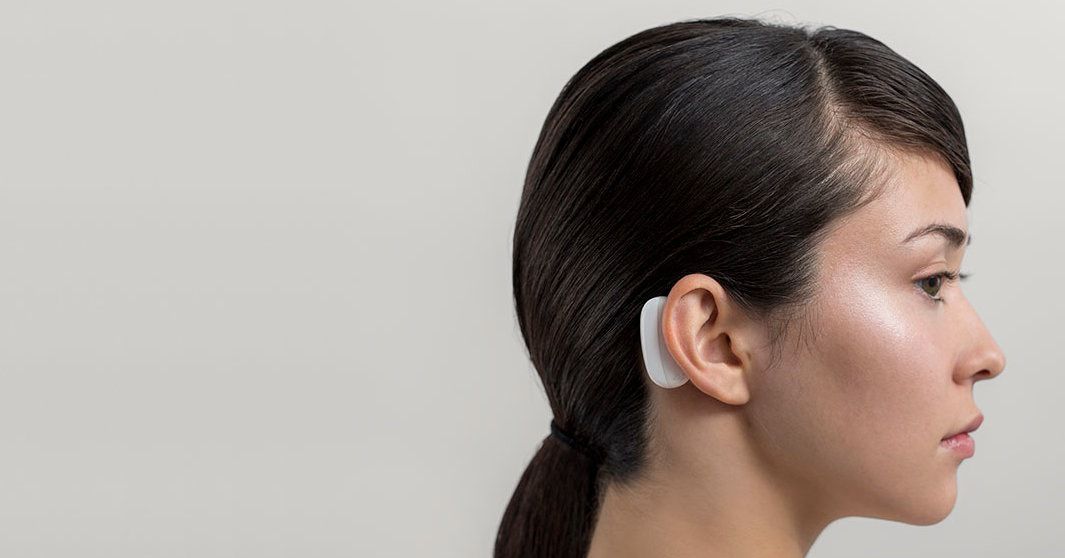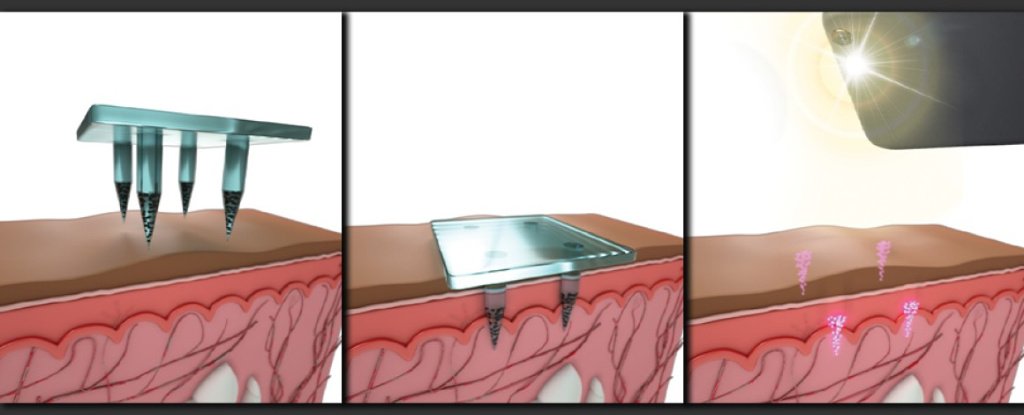Vaccine Information on Covid19, nanotechnology, smart phone health apps, rDNA, rRNA, patenting GMO
 |
Vaccine Guide is an online resource for vaccine research, built to compile, organize, and highlight important information on vaccination.
vaccine.guide
|
|
Vaccine Excipient Summary Excipients Included in U.S. Vaccines, by Vaccine. In addition to weakened or killed disease antigens (viruses or bacteria), vaccines contain very small amounts of other
www.cdc.gov
|
CDC vaccine excipient and media summary
 |
CDC vaccine excipient and media summary. NCVIA / VICP / VAERS. National Childhood Vaccine Injury Act. National Childhood Vaccine Injury Act of 1986
vaccine.guide
|
Recombinant DNA (rDNA) molecules are DNA molecules formed by laboratory methods of genetic recombination (such as molecular cloning) to bring together genetic material from multiple sources, creating sequences that would not otherwise be found in the genome.
Immortalized cells (also called continuous cells or cell lines) are primary cells whose telomeres and/or tumour suppressor genes have been altered. Tumour suppressor genes (e.g. p53 and Rb) are important for signalling the cell to stop dividing when the likelihood of DNA damage is higher (i.e. after multiple cell cycles, read more about the cell cycle on our knowledge base). In the case of immortalized cells, these genes have been knocked down or their function inhibited so that the cell is able to keep dividing indefinitely.
information on vaccines
Site for Italian report on vaccines
|
Veneto Regional Coordination for the Freedom of Vaccinations has been present since 1993 alongside parents for freedom of choice in terms of vaccination
www.corvelva.it
|
hydrogel nanobots
 |
Researchers 3-D printed tiny soft robots using a hydrogel that scientists can steer with an electric field. ↓↓More info and references below↓↓ Electroactive ...
youtu.be
|
DARPA video on hydrogel biosensors
Discusses law of naturally occurring genes cannot be patented; however, synthetic/Modified genes can be patented






